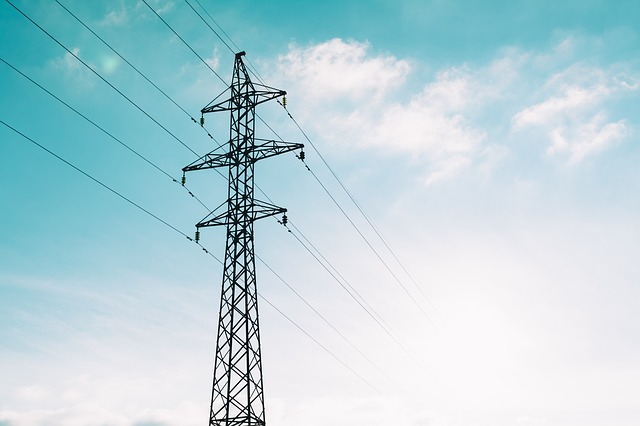The Indian government has given approvals to investment proposals worth INR31.600bn ($4.5bn) for four power projects.

Image: The power projects could add 3,760MW in new generation capacity. Photo courtesy of Pexels on Pixabay.
The power projects will add 3,760MW in new generation capacity and are expected to be operational by 2023-24. The projects include coal-fired thermal power plants and hydroelectric facilities.
An investment proposal of INR10.4bn ($1.5bn) has been approved by the Cabinet Committee of External Affairs (CCEA) for the 1,320MW Buxar thermal power project in Bihar.
The Buxar thermal power project is expected to address power deficit issues in Bihar and the eastern region. It will be built by SJVN Thermal, a wholly owned subsidiary of SJVN.
An approval has also been given to investment of INR11bn ($1.6bn) for the 1,320MW Khurja Super Thermal Power Plant in Bulandshahr district in the state of Uttar Pradesh.
Besides, the government has approved an investment of INR1.5bn ($226m) for the Amelia coal mine in Singrauli district of Madhya Pradesh.
The CCEA has approved investment for acquisition of Lanco Teesta Hydro Power and the INR 5.7bn ($821m) needed to carry out balance work of the Teesta Stage-VI Hydro Electric project in Sikkim.
In addition, the cabinet has given its nod for INR4.2bn ($612m) investment to set up the 624MW Kiru Hydro Electric Project by Chenab Valley Power Projects. The project will be located on River Chenab in Kishtwar district of Jammu & Kashmir.
The Union Cabinet, chaired by the Indian Prime Minister Narendra Modi, has approved a slew of measures to boost the country’s hydro power sector. The measures include declaring large hydropower projects (HPO) as renewable energy source.
Under the existing practice, only hydropower projects less than 25MW are considered as renewable energy projects.
The government, in a statement, said: “As most of the hydro power potential is located in the higher reaches of Himalayas and North- East Region, it will result in overall socio-economic development of the region by providing direct employment in the power sector.
“It will also provide indirect employment/ entrepreneurial opportunities in the field of transportation, tourism and other small scale businesses.
“Another benefit would be of having a stable grid considering 160 GW capacity addition by 2022 from infirm sources of power like solar and wind.”
